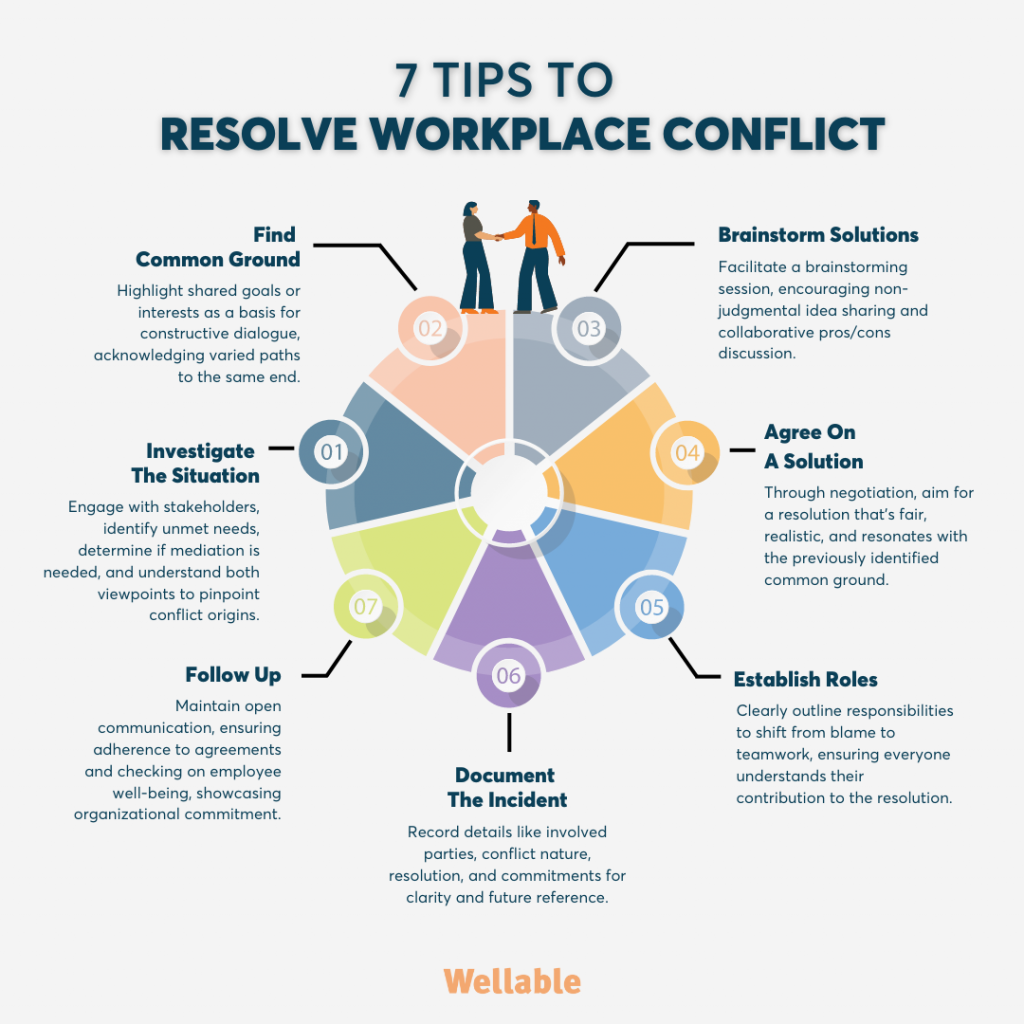Maintaining Team Harmony: Strategies for Effective Conflict Resolution
Building Bridges: Nurturing Team Harmony
In any team setting, conflicts are bound to arise. Whether it be due to differing opinions, personality clashes, or misunderstandings, it is essential for team members to have strategies in place for resolving conflicts effectively and maintaining team harmony. Building bridges and nurturing team harmony is crucial for fostering a positive and productive work environment.
One strategy for nurturing team harmony is to promote open communication among team members. When conflicts arise, it is important for team members to feel comfortable expressing their thoughts and feelings in a respectful manner. Encouraging open dialogue can help prevent misunderstandings and allow for issues to be addressed before they escalate.
Another key aspect of nurturing team harmony is fostering a sense of unity and teamwork among team members. By promoting a positive team culture and emphasizing the importance of working together towards a common goal, team members can feel more connected and invested in each other’s success. This sense of unity can help to minimize conflicts and promote a harmonious work environment.
Additionally, building bridges and nurturing team harmony involves recognizing and valuing the unique strengths and perspectives of each team member. By celebrating diversity and encouraging individual contributions, team members can feel respected and appreciated, leading to greater collaboration and understanding within the team.

Image Source: wellable.co
One effective strategy for nurturing team harmony is to create opportunities for team building and bonding activities. By engaging in team-building exercises, social events, or collaborative projects, team members can develop stronger relationships and build trust with one another. These positive relationships can help to reduce conflicts and promote a sense of camaraderie within the team.
Furthermore, establishing clear guidelines and processes for resolving conflicts can help to prevent misunderstandings and promote a more harmonious work environment. By defining roles and responsibilities, setting expectations for behavior, and establishing a framework for addressing conflicts, team members can feel more confident in their ability to navigate disagreements and maintain team harmony.
Overall, building bridges and nurturing team harmony requires a proactive and collaborative approach from all team members. By promoting open communication, fostering unity and teamwork, valuing individual perspectives, engaging in team-building activities, and establishing clear conflict resolution processes, teams can effectively navigate conflicts and maintain a positive and productive work environment. By prioritizing team harmony and investing in positive relationships, teams can work together more effectively and achieve greater success.
Resolving Conflict with Finesse and Grace
Conflict is a natural part of any team dynamic. It can arise from differing opinions, communication breakdowns, or simply personality clashes. However, how we choose to address and resolve these conflicts can make all the difference in maintaining team harmony.
When conflicts arise, it is important to approach them with finesse and grace. This means handling the situation with tact, diplomacy, and empathy. By approaching conflict resolution in this way, we can ensure that all parties involved feel heard, respected, and valued.
One key strategy for resolving conflict with finesse and grace is to practice active listening. This involves truly listening to the other person’s perspective without interrupting or immediately jumping to your own defense. By listening with an open mind and heart, we can better understand where the other person is coming from and work towards finding a mutually beneficial solution.
Another important strategy is to remain calm and composed in the face of conflict. Emotions can run high during disagreements, but it is essential to maintain a sense of composure and professionalism. By staying calm, we can think more clearly, communicate more effectively, and ultimately resolve the conflict more efficiently.
In addition, it is crucial to approach conflict resolution with empathy. Put yourself in the other person’s shoes and try to understand their feelings and motivations. By showing empathy towards the other person, we can foster a sense of understanding and compassion, which can go a long way in resolving conflicts peacefully.
Furthermore, it is important to address conflicts promptly and directly. Ignoring or avoiding conflicts will only allow them to fester and grow, potentially causing even more tension within the team. By addressing conflicts head-on in a timely manner, we can prevent them from escalating and work towards finding a resolution before any damage is done.
Another effective strategy for resolving conflict with finesse and grace is to focus on finding common ground. Even in the midst of a disagreement, there are usually areas of agreement that can be identified and built upon. By focusing on common ground, we can shift the conversation towards finding solutions that benefit everyone involved.
Lastly, it is important to remember that conflict is not always a bad thing. In fact, disagreements can often lead to growth, innovation, and stronger relationships within a team. By approaching conflict with a positive mindset and a willingness to learn and grow from the experience, we can turn challenging situations into opportunities for personal and professional development.
In conclusion, resolving conflict with finesse and grace is a key component of maintaining team harmony. By practicing active listening, remaining calm and composed, showing empathy, addressing conflicts promptly, focusing on common ground, and adopting a positive mindset, we can effectively navigate disagreements and work towards finding peaceful resolutions. Conflict is inevitable, but how we choose to handle it can make all the difference in fostering a positive and productive team environment.
Conflict Resolution: Keeping Your Team Cohesive